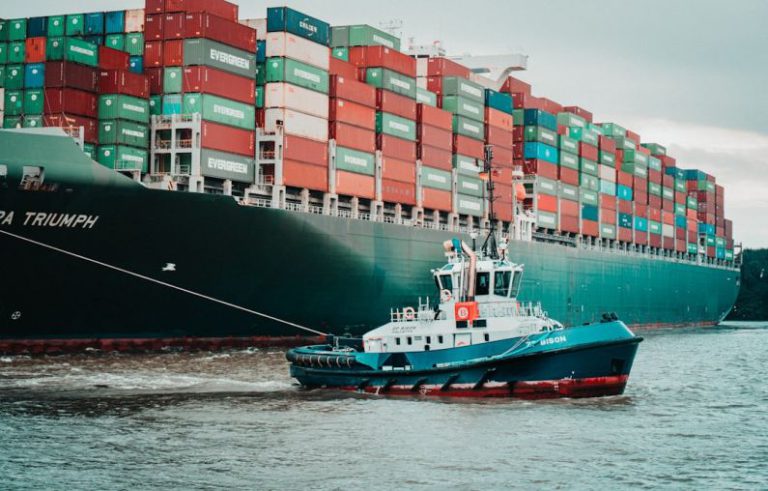The Impact of Regulation on the Tire Retreading Industry
The tire retreading industry is a vital sector that plays a significant role in the sustainability and cost-effectiveness of the transportation industry. Retreading tires not only extends their lifespan but also reduces the environmental impact of tire disposal. However, like any industry, tire retreading is subject to various regulations that can significantly impact its operations and overall viability. In this article, we will explore the impact of regulation on the tire retreading industry and how these regulations shape the landscape for businesses in this sector.
Regulatory Framework for Tire Retreading
The tire retreading industry operates within a framework of regulations that govern various aspects of its operations. These regulations can cover areas such as worker safety, environmental impact, quality control, and product standards. For instance, regulations may mandate specific procedures for retreading tires, such as the use of certain materials or equipment to ensure the safety and quality of the final product. Compliance with these regulations is essential for businesses in the tire retreading industry to operate legally and sustainably.
Impact on Business Operations
Regulations can have a significant impact on the day-to-day operations of tire retreading businesses. Compliance with regulatory requirements often entails additional costs, such as investing in new equipment or training employees to meet specific standards. These costs can pose challenges for smaller businesses in the industry, potentially affecting their competitiveness and profitability. Moreover, regulatory changes or updates can require businesses to adapt quickly, leading to disruptions in operations and additional expenses.
Environmental Considerations
One of the key areas where regulations have a substantial impact on the tire retreading industry is environmental compliance. Tire retreading is considered a sustainable practice as it reduces the number of tires sent to landfills and minimizes the demand for new tires, which have a higher environmental footprint. Regulations regarding the disposal of tires and the use of hazardous materials in the retreading process are crucial for ensuring that the industry operates in an environmentally responsible manner.
Safety Standards and Quality Assurance
Regulations also play a critical role in ensuring the safety and quality of retreaded tires. By setting standards for the retreading process and the materials used, regulations help mitigate the risk of tire failure and accidents on the road. Compliance with safety standards is not only a legal requirement but also essential for maintaining the reputation of businesses in the tire retreading industry. Adhering to quality assurance regulations can also help businesses attract customers who prioritize safety and reliability in their tire purchases.
Market Dynamics and Competition
Regulations can influence the competitive landscape of the tire retreading industry by setting entry barriers or quality standards that differentiate businesses. Companies that invest in meeting and exceeding regulatory requirements can gain a competitive advantage by positioning themselves as leaders in safety, quality, and sustainability. On the other hand, businesses that struggle to comply with regulations may face challenges in retaining customers or expanding their market share. Overall, regulatory compliance can shape the market dynamics and level the playing field for businesses in the tire retreading industry.
The Road Ahead: Navigating Regulatory Challenges
As the tire retreading industry continues to evolve, businesses must stay informed about regulatory changes and proactively address compliance challenges. By investing in training, technology, and process improvements, tire retreading companies can adapt to regulatory requirements while maintaining efficiency and competitiveness. Collaboration with industry associations and regulatory bodies can also help businesses stay ahead of compliance issues and advocate for policies that support the sustainable growth of the tire retreading industry.
In conclusion, regulations play a crucial role in shaping the landscape of the tire retreading industry, influencing business operations, environmental practices, safety standards, and market dynamics. By understanding and adapting to regulatory requirements, tire retreading businesses can navigate challenges, drive innovation, and contribute to a more sustainable and efficient transportation sector.






